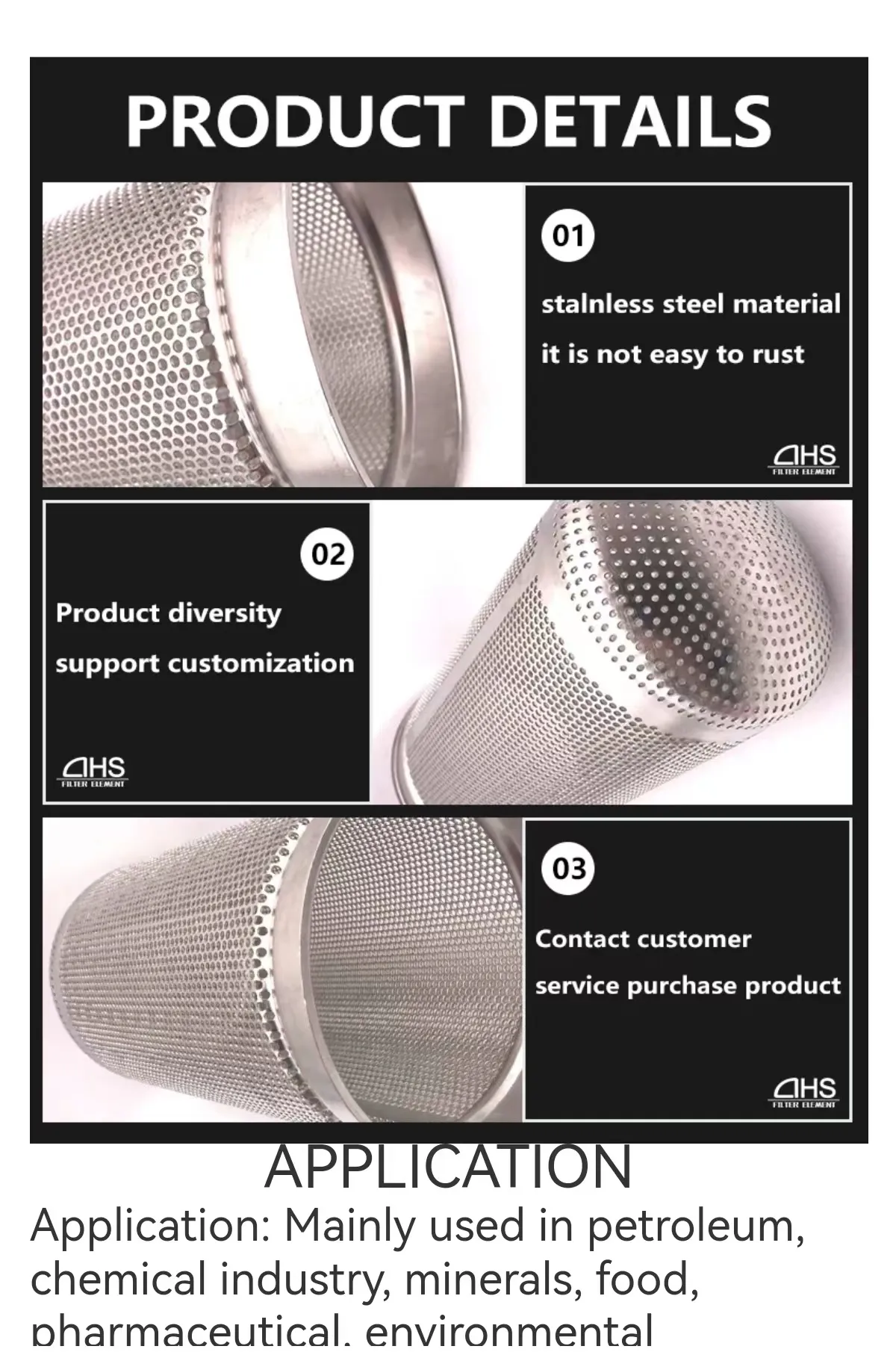-
 Afrikaans
Afrikaans -
 Albanian
Albanian -
 Amharic
Amharic -
 Arabic
Arabic -
 Armenian
Armenian -
 Azerbaijani
Azerbaijani -
 Basque
Basque -
 Belarusian
Belarusian -
 Bengali
Bengali -
 Bosnian
Bosnian -
 Bulgarian
Bulgarian -
 Catalan
Catalan -
 Cebuano
Cebuano -
 China
China -
 Corsican
Corsican -
 Croatian
Croatian -
 Czech
Czech -
 Danish
Danish -
 Dutch
Dutch -
 English
English -
 Esperanto
Esperanto -
 Estonian
Estonian -
 Finnish
Finnish -
 French
French -
 Frisian
Frisian -
 Galician
Galician -
 Georgian
Georgian -
 German
German -
 Greek
Greek -
 Gujarati
Gujarati -
 Haitian Creole
Haitian Creole -
 hausa
hausa -
 hawaiian
hawaiian -
 Hebrew
Hebrew -
 Hindi
Hindi -
 Miao
Miao -
 Hungarian
Hungarian -
 Icelandic
Icelandic -
 igbo
igbo -
 Indonesian
Indonesian -
 irish
irish -
 Italian
Italian -
 Japanese
Japanese -
 Javanese
Javanese -
 Kannada
Kannada -
 kazakh
kazakh -
 Khmer
Khmer -
 Rwandese
Rwandese -
 Korean
Korean -
 Kurdish
Kurdish -
 Kyrgyz
Kyrgyz -
 Lao
Lao -
 Latin
Latin -
 Latvian
Latvian -
 Lithuanian
Lithuanian -
 Luxembourgish
Luxembourgish -
 Macedonian
Macedonian -
 Malgashi
Malgashi -
 Malay
Malay -
 Malayalam
Malayalam -
 Maltese
Maltese -
 Maori
Maori -
 Marathi
Marathi -
 Mongolian
Mongolian -
 Myanmar
Myanmar -
 Nepali
Nepali -
 Norwegian
Norwegian -
 Norwegian
Norwegian -
 Occitan
Occitan -
 Pashto
Pashto -
 Persian
Persian -
 Polish
Polish -
 Portuguese
Portuguese -
 Punjabi
Punjabi -
 Romanian
Romanian -
 Russian
Russian -
 Samoan
Samoan -
 Scottish Gaelic
Scottish Gaelic -
 Serbian
Serbian -
 Sesotho
Sesotho -
 Shona
Shona -
 Sindhi
Sindhi -
 Sinhala
Sinhala -
 Slovak
Slovak -
 Slovenian
Slovenian -
 Somali
Somali -
 Spanish
Spanish -
 Sundanese
Sundanese -
 Swahili
Swahili -
 Swedish
Swedish -
 Tagalog
Tagalog -
 Tajik
Tajik -
 Tamil
Tamil -
 Tatar
Tatar -
 Telugu
Telugu -
 Thai
Thai -
 Turkish
Turkish -
 Turkmen
Turkmen -
 Ukrainian
Ukrainian -
 Urdu
Urdu -
 Uighur
Uighur -
 Uzbek
Uzbek -
 Vietnamese
Vietnamese -
 Welsh
Welsh -
 Bantu
Bantu -
 Yiddish
Yiddish -
 Yoruba
Yoruba -
 Zulu
Zulu
Durable and Versatile Plastic Poultry Wire for All Your Fencing and Protection Needs
The Versatility of Plastic Poultry Wire
Plastic poultry wire, an increasingly popular choice for both amateur and professional poultry keepers, is revolutionizing the way we manage and protect our fowl. This synthetic counterpart to traditional wire mesh offers a myriad of advantages that cater to the needs of modern poultry farming. In this article, we will explore the various benefits and applications of plastic poultry wire, highlighting its role in promoting healthier and safer environments for poultry.
One of the most significant advantages of plastic poultry wire is its durability. Unlike its metal counterparts, plastic wire does not rust, corrode, or degrade over time when exposed to the elements. This feature makes it an ideal choice for outdoor poultry housing, where weather conditions can be harsh. Whether it’s rain, snow, or strong sunlight, plastic poultry wire holds up well, ensuring long-lasting protection for poultry.
In addition to its durability, plastic poultry wire is lightweight, making it easier to handle and install. Farmers and hobbyists alike appreciate its convenience, as it requires less labor to set up compared to traditional wire fencing. The lightweight nature also means that it can be easily transported and relocated as needed. This flexibility is particularly useful for those who practice rotational grazing or are frequently adjusting their chicken coops.
Another compelling benefit of plastic poultry wire is its safety. The smooth edges of plastic wire reduce the risk of injury to the birds, unlike traditional metal fencing, which can pose sharp hazards. This is especially important for young or small chickens that may be more susceptible to cuts and scratches. Moreover, the visibility provided by the plastic mesh allows for excellent observation of the flock, enabling quick responses to any issues that may arise.
plastic poultry wire

Plastic poultry wire also offers better insulation properties compared to metal. It does not conduct heat or cold as readily, providing a more stable climate within poultry enclosures. This attribute can be crucial during extreme weather conditions, as it helps maintain a comfortable environment for the birds, reducing stress and promoting health.
The versatility of plastic poultry wire extends beyond just fencing. It can be creatively utilized in various applications. Some poultry keepers use it to create temporary enclosures for new birds, establish barriers in gardens to keep birds out, or even as a gardening support system for climbing plants. Its wide range of uses makes it a practical addition to any farm or backyard.
From an economic perspective, plastic poultry wire is an attractive option for many poultry enthusiasts. The cost of plastic wire is typically lower than that of metal fencing, allowing poultry keepers to invest more in other critical areas, such as animal feed or healthcare. Additionally, its longevity means less frequent replacements, further saving money in the long run.
Environmental sustainability is another aspect worth noting. Plastic poultry wire can often be made from recycled materials, leading to reduced environmental impact. As awareness of plastic waste grows, choosing sustainable products like recycled plastic wire can contribute to responsible farming practices.
In Conclusion, plastic poultry wire is a robust, versatile, and cost-effective solution for poultry management. Its durability, safety, and multifunctionality offer numerous benefits to poultry keepers, making it an essential tool in modern poultry farming. As we strive for safer and more efficient ways to care for our animals, plastic poultry wire stands out as a prime example of innovation meeting the needs of both farmer and fowl alike. Whether in a backyard coop or a large-scale farm, its advantages are undeniable, making it a staple in the poultry industry.
-
Shipping Plastic Bags for Every NeedNewsJul.24,2025
-
Safety Netting: Your Shield in ConstructionNewsJul.24,2025
-
Plastic Mesh Netting for Everyday UseNewsJul.24,2025
-
Nylon Netting for Every UseNewsJul.24,2025
-
Mesh Breeder Box for Fish TanksNewsJul.24,2025
-
Expanded Steel Mesh Offers Durable VersatilityNewsJul.24,2025











